The launch of the Audi A8 marks the world's first Level 3 car on offer in retail channels, except there is one catch: it can only take full control of driving at speeds of 37.3 mph or less.
Audi would have certainly set the A8's self-drive to work at much higher speeds if it could, but the technology to do that was just not ready in time.
And yet.
As one of Germany's top premium brands among BMW, Mercedes-Benz, and Porsche; Audi has indeed jumped ahead, reflecting the rich history of German engineering and car culture by setting a new level for a premium driverless as well as overall driving experience.
While you can't take a nap in the backseat as the car drives itself, you can (once the feature becomes legal to use), read, work, or as Audi says, watch TV or movies on the console screen as the car self-pilots in gridlocked traffic along divided highways. If you spend hours driving to work every day in heavy traffic conditions at slow speeds, a robotically controlled chauffeur will give you the option of making up for otherwise thousands of wasted hours you would lose from your life every year.
The 99.9999% Rule
Audi's decision to limit the Level 3 driving speeds to a relatively slow speed of 37 mph was largely tied to the 99.9999% rule. This metric refers to designing a system that can be trusted in virtually every conceivable driving situation to pilot the car in a way that is 99.9999% accurate.
Scientists and engineers have recently made leaps in their understanding and development of artificial intelligence (AI) systems that rely on neural networks powered by graphics processor and CPUs for machine-taught self-driving.
And Audi arguably might have waited to develop a Level 3 system with 99.9999 percent driving accuracy while self-driving at speeds of 65 mph on highways instead of launching a car limited to slower speeds. But as an Audi spokesperson said, commercializing a self-drive feature for speeds faster than 37 mph that was merely 99.9% accurate was unviable, even though that level of accuracy already would make it much safer than human drivers are.
Still, Audi plans to raise the speeds for the self-drive modes of future models, but just not yet for the A8, an Audi spokesperson told Driverless.
This is just the first step to highly automated driving. And there will be other steps in the future, of course. The main point is that we're talking about Level 3 and not Level 2. It is designed for switching off from driving in traffic jams and not on the Autobahn at 200 mph when it is more fun to drive yourself anyway. It's a first step, and to be honest, it's a big step by handing total responsibility to the car.
Waiting for Level 4
However, for many and possibly most carmakers, Audi did indeed jump the shark. While the A8 gives the human driver 10 seconds to take control of the car back once the driverless mode is activated, most carmakers now agree with Waymo that any human interaction with the car only makes driving more dangerous. Meanwhile, Level 4 models, such as the models Waymo is testing in Phoenix, Arizona and elsewhere, are just inherently safer thanks to superior machine-taught driving systems that are superior to a human's ability to drive, Waymo says.
But Level 4 is not expected to become commercially available until 2021, and consumers have certainly shown a willingness to try and buy Level 2 Teslas, while Level 3 should certainly become a popular on-offer feature.
Audi's low-speed for driverless engagement also shows how limiting speeds or geo-fencing system activation reflects how OEMs are bringing new tech to market in a measured way, Jeremy Carlson, an analyst for IHS Automotive, told Driverless.
We saw this with Level 2 driving systems that were first low-speed only and then expanded to all speeds, and we expect to see the same thing as fully autonomous vehicles come to market as well. This shouldn't reflect negatively on the automaker, but it simply reflects the state of the technology, the realities of a complex supply chain, and the state of the market, all of which we know will continue to advance and evolve as quickly as ever.
In other words, while Audi's driverless features certainly do not qualify as a moonshot success such as when and if Elon Musk one day starts mass transporting people to Mars, it certainly qualifies as more than just an incremental step in driverless features.
At the very least, once the Audi AI self-drive is allowed to be activated first in Germany followed by other countries, it should be a welcome feature for drivers stuck in traffic jams who want to do other things than drive while the car monitors the A8's self-accelerating, -steering and -braking first in slow-moving traffic.
For those who mainly look forward to seeing what the new A8's driving experience and premium comfort feel like when driving at over 200 mph along Germany's Autobahn, the slow self-drive speed probably won't matter too much anyway.
Just updated your iPhone? You'll find new emoji, enhanced security, podcast transcripts, Apple Cash virtual numbers, and other useful features. There are even new additions hidden within Safari. Find out what's new and changed on your iPhone with the iOS 17.4 update.
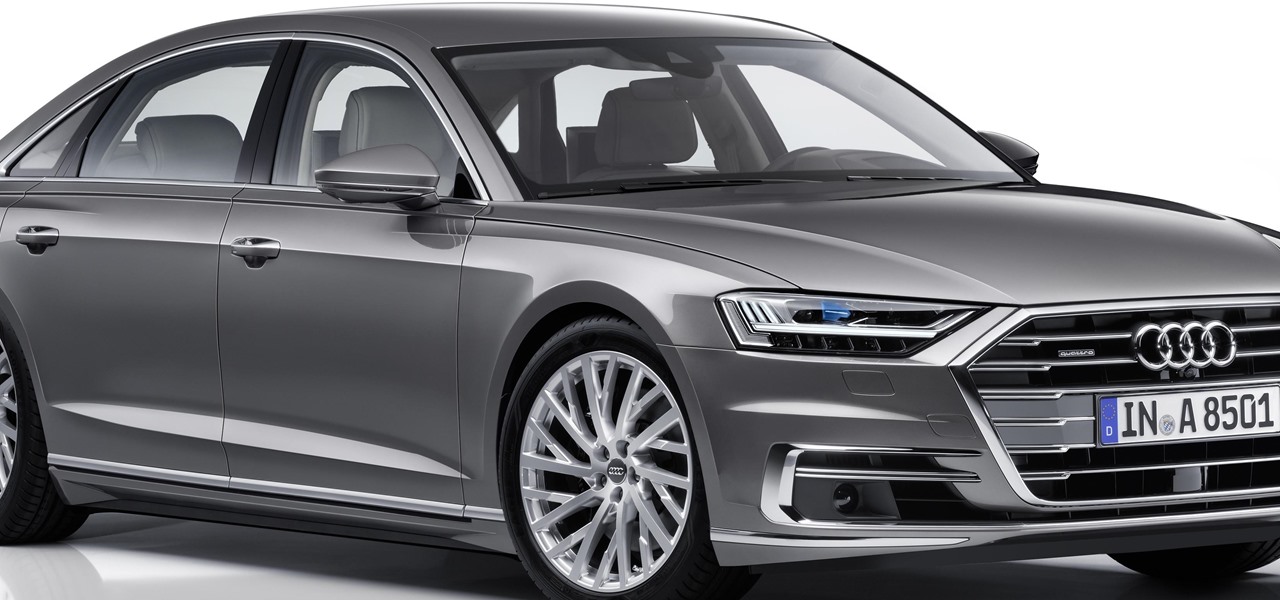



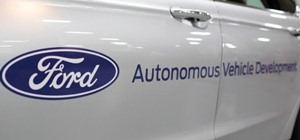
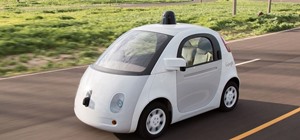

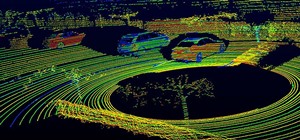

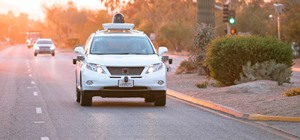
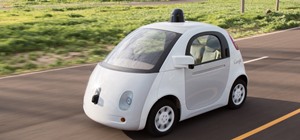


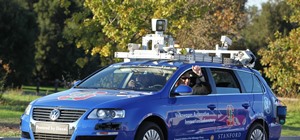


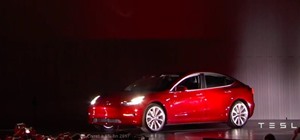




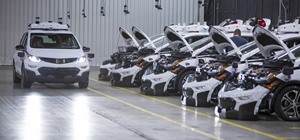

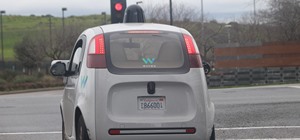

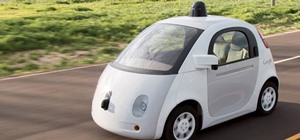
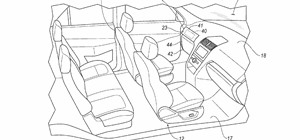



1 Comment
Do you know what 'Jump the Shark' even means? It does not mean to jump ahead.
Share Your Thoughts